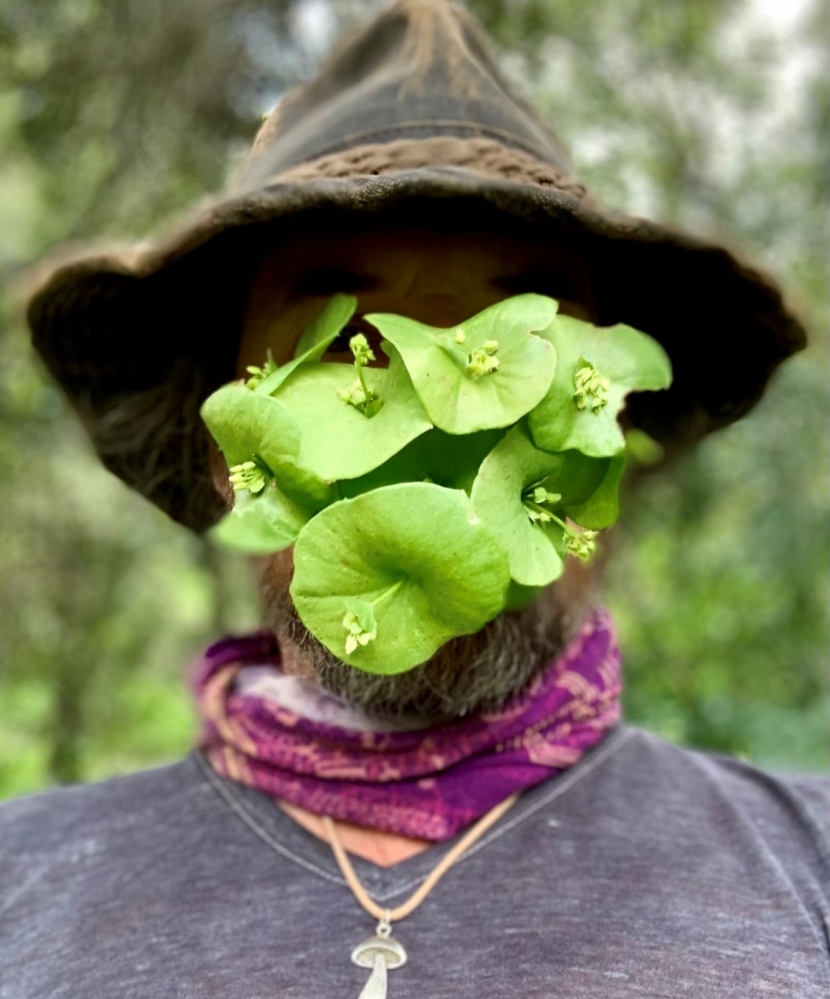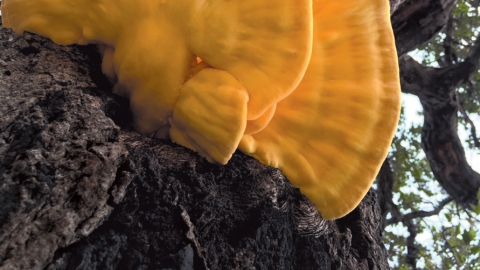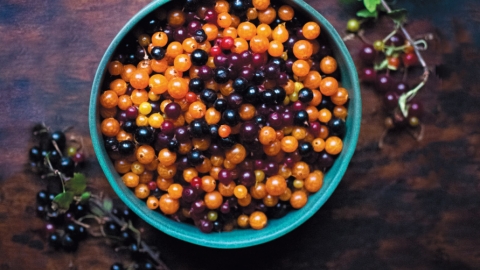The Rise of the Pandemic-Era Forager
Once an outright necessity of humankind, foraging in the wild for one’s sustenance has long since taken a backseat to the commercial food system, fading into obscurity and lingering only in stories of past generations—all in favor of that which is fast, aesthetic and convenient. Food has become safe, predictable and mundane for the past hundred years. For many, if you are hungry, an easy meal is never too far away.
However, when a worldwide pandemic suggested the very real possibility of empty store shelves and entire populations quarantined without much to do, folks quickly found themselves curious about how to feed themselves if the system really did shut down. For most, it was the first time they had been confronted with an empty food shelf or the near-catastrophic shutdown of the restaurant industry. Food needed to be found.
Many turned to gardening; others turned to foraging. Those uncertain times prompted the biggest surge of interest in foraging during modern times. Ironically, some of that interest has been fed by hot social media trends created by young adults posting tidbits of regurgitated factoids sidled up to a snapshot of a funky mushroom, maybe hungry not just for backyard weeds and fungi but also for those likes, follows and shares for their latest “discovery.”
These nascent foragers are just far enough removed from earlier generations to have missed out on learning about these unostentatious traditions of everyday life from the elders who may have harvested huckleberries and hunted morels—all without today’s digital fanfare. Rather, they are garnering their knowledge from the visually flashy video clips paired with catchy tunes on TikTok and other platforms.
With renewed interest for the little bit of nature we have left around us, are these hordes of freshly minted foragers causing harm to the environment as they naively trample about in the woods picking every fruit, berry and mushroom in their path? Or could this practice be cultivating a new perspective on how, in dire times (from which we are not out of the woods yet), we may someday need to rely on in this fragile and shrinking natural world around us?
It may well be opening eyes to how destructive our consumerist habits have been on these rich and diverse wild communities that were once seen as “empty space.” Research has shown that once people understand that nature has personal value and have developed a relationship with it, they become invested in its future and see it as something worth saving.
This new interest in foraging also comes at a time when a relief from the fast-paced, manufactured, ready-made virtual landscape is needed most. While the pandemic brought people outdoors, it also brought us more deeply into the digital realm than ever before, as the world embraced a new way to connect in all facets of our daily lives. It’s no wonder people found respite in a walk in the woods.
Finding your own food in the wild requires a much slower gait than the typical Trader Joe’s run. Foraging gets our hands dirty. It’s tactile and ever-changing. Predictable, yet often surprising, it fosters a study of nuances and opportunity. Foraging requires a discernment between that which is edible or poisonous and a real-life investigation of an organism’s growing conditions. Nothing is neatly trimmed, cleaned and packaged—just raw, natural and untamed.
Will foraging replace commercialized and ready-made foods? Most likely not. The work that goes into collecting, processing and preparing a completely wild food diet requires patience and time. But by honoring the practice for what it is and using it as a catalyst for reconnection with ourselves and the fragile yet resilient natural world around us, foraging can help people to balance the fast-paced virtual landscape that is slowly taking over our lives.
Modern-day foraging cultivates a sense of wonder and discovery, allowing us to find the strangely unfamiliar in our familiar world. Will it last into the post-pandemic years? Possibly—especially as populations continue to increase and available food choices dwindle, wild foods will continue to have an appeal. While it may be a passing fad for some, for others this newly established connection with the environment will give reason to protect, support and honor the valuable land that we live in for generations to come.









